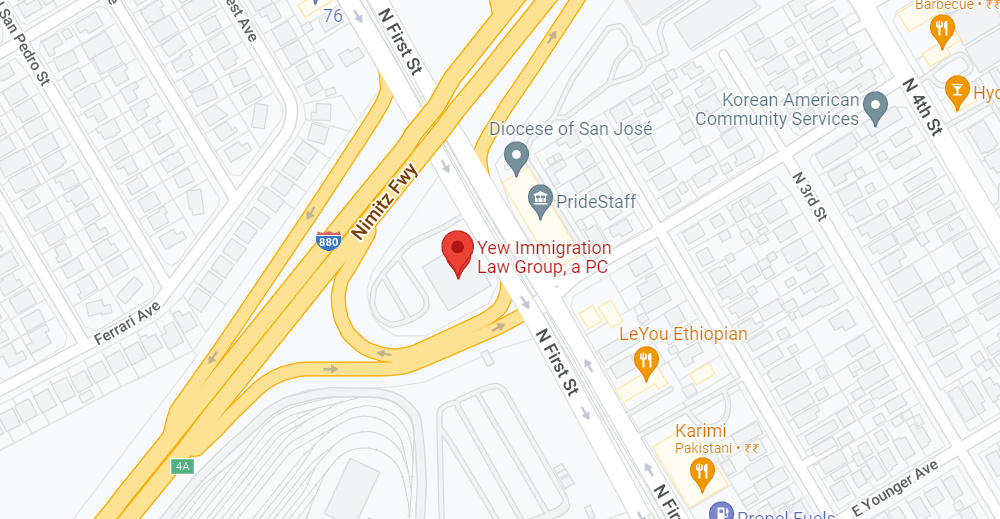One of the ways to divide up the many visas available for people to come to the U.S. is to consider immigrant vs. nonimmigrant visas.
Immigrant visas are for people who intend to live and work permanently in the U.S. These visas can lead to status as a lawful permanent resident (“green card holder”). Once you are a lawful permanent resident, you have the right to remain and work in the U.S. for the rest of your life, as long as you maintain your visa status, break no laws and do not become a security threat.
Nonimmigrant visas are for people who plan to come to the U.S. on a temporary basis. This includes tourists, temporary business travelers, certain temporary workers and those seeking medical treatment. There are many types of nonimmigrant visas, and which one you choose depends on the law and the purpose of your travel.
Whether or not you apply for an immigrant or nonimmigrant visa, you must still meet the eligibility requirements for entering the United States. This is basically a showing that you are not inadmissible. If you are found inadmissible, you may be able to file for a waiver.
Examples of immigrant visas
U.S. visas can also be divided into two other categories: family-based and employment-based. Immigrant visas can be of either type. In each case, visas are granted based on preference categories, with those in higher preference categories getting visas first. If any visas remain, they go to people in the next highest preference category.
For example, there are five preference categories for employment-based immigrant visas:
- 1st preference: Priority workers and persons of extraordinary ability
- 2nd preference: Professionals with advanced degrees and persons of exceptional ability
- 3rd preference: Skilled workers, professionals and certain unskilled workers
- 4th preference: A variety of “special immigrants”
- 5th preference: Immigrant investors
The visas allotted through the diversity visa program are also immigrant visas.
Examples of nonimmigrant visas
There are many temporary (non-immigrant) visas available that allow you to work. Examples include:
- H-1B visas for people in specialty occupations
- H-2 visas for seasonal workers
- L visas for intracompany transferees
- O visas for people of extraordinary ability or achievement
- P visas for artists, athletes and entertainers
In addition, there are visas available for tourists, cultural exchange participants and people coming to the U.S. to obtain training that is not available in their home countries.
If you are hoping to come to the U.S. either temporarily or permanently, contact Yew Immigration Law Group. Depending on the purpose of your visit and how long you plan to stay, we can help you and your family find and obtain the right visa.











